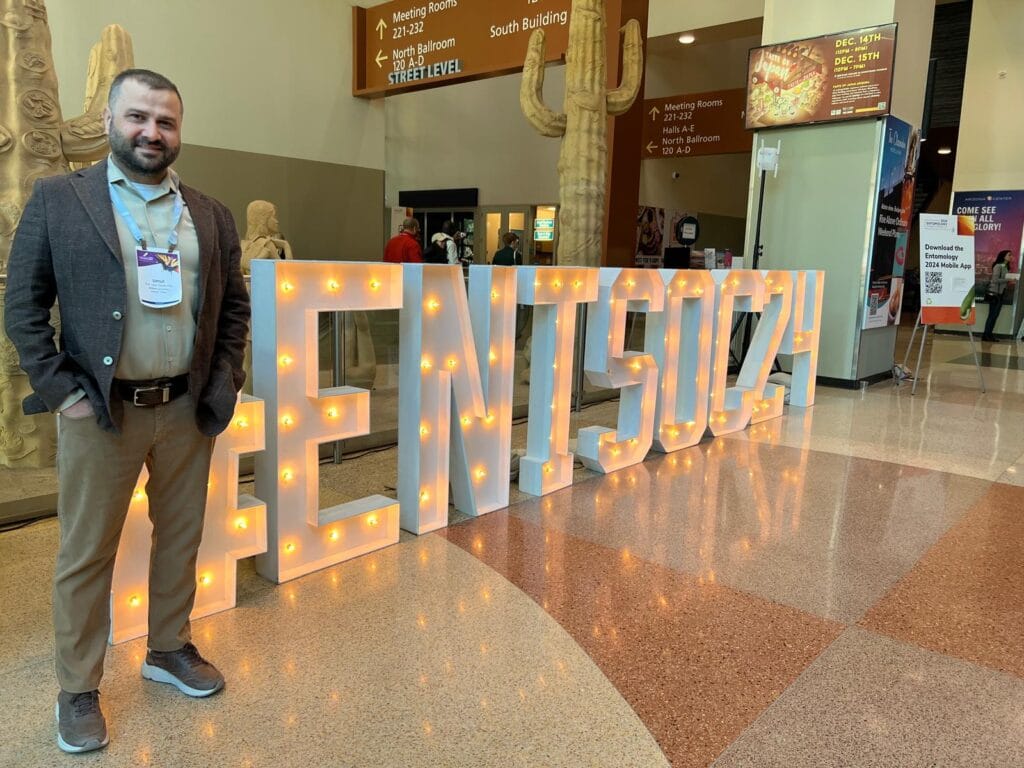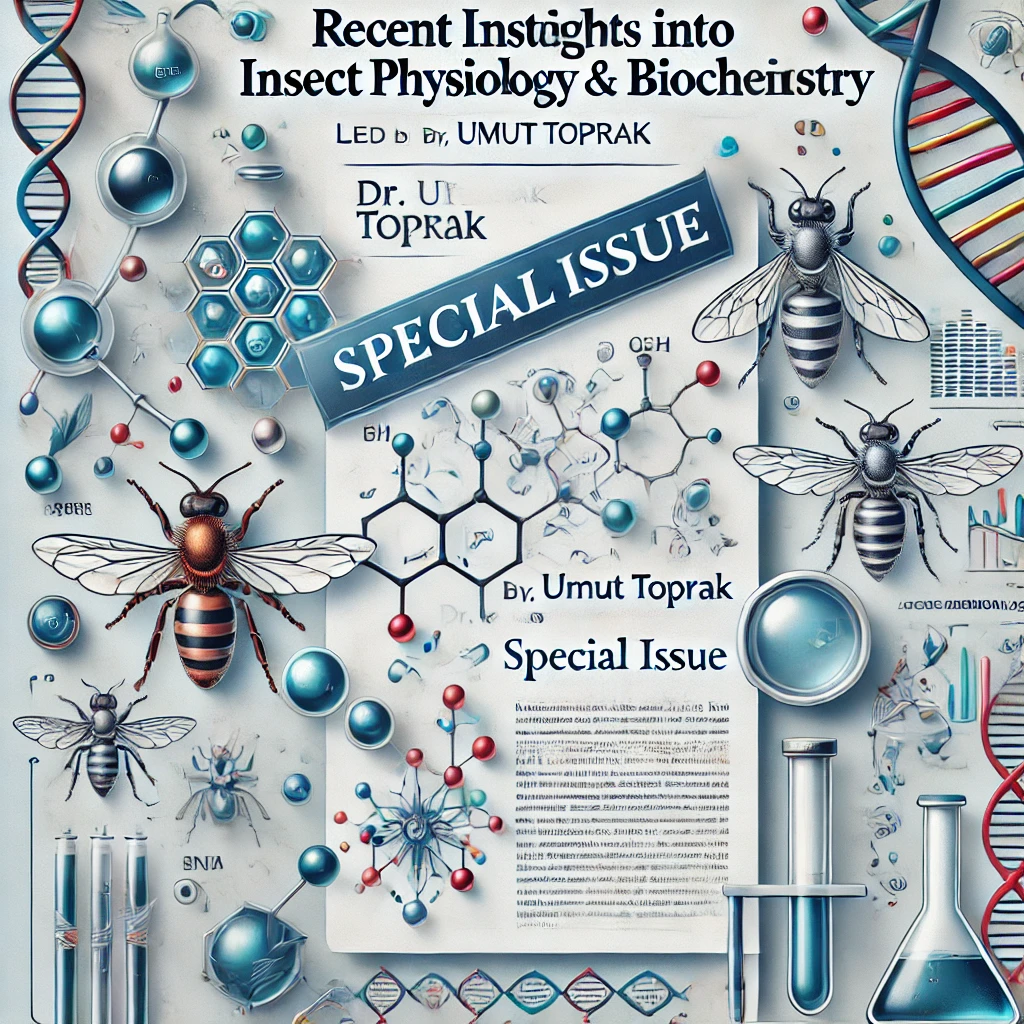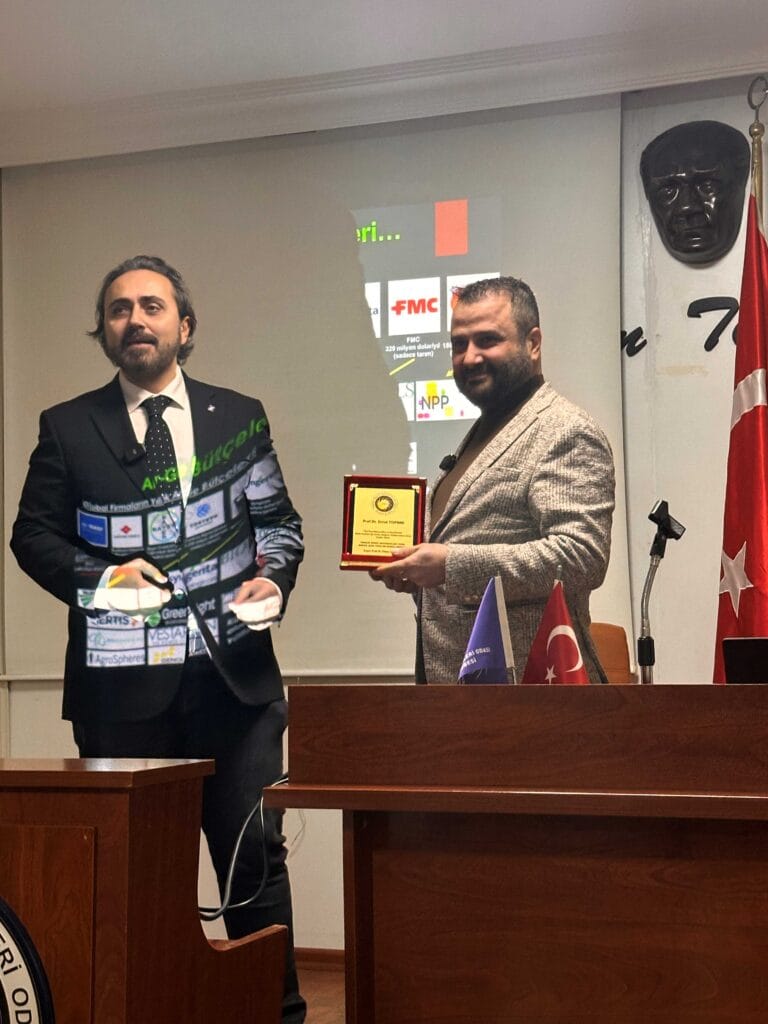The Molen PI, Dr. Umut Toprak delivered the opening lecture “A New Model in Non-alcoholic fatty liver disease (NAFLD) and Obesity Studies: Leptinotarsa decemlineata” at the National Obesity Congress, held on March 3-6 at Antalya, Türkiye. Around 200 participants primarily MDs from the Endocrinology and Bariatric Surgery Departments of Medical Faculties attended the lecture. The congress is organized by Turkish Obesity Research Association led by Professor Volkan Yumuk (İstanbul Üniversitesi-Cerrahpaşa) who is also president-elect for The European Association for the Study of Obesity. The congress chairperson was Professor Fahri Bayram (Erciyes University), and Professor Sinem Kıyıcı (Uludağ University) served as the General Secretary. The opening lecture is moderated by Professor Ahmet KAYA (Büyükşehir Hospital) and Professor Mustafa Kemal Balcı (Akdeniz University).
The first insights into the etiopathogenesis of metabolic conditions such as obesity and NAFLD (Non-alcoholic fatty liver disease) emerged from the study of animal models. These models have been important for the understanding of the physiopathologic pathways of obesity and related diseases and for the development of treatment methods. In these studies, rats and mice were mostly used as model organisms. Studies on these models have revealed that lipid metabolism involves complex sub-processes controlled by a large number of genes. However, since these models do not accumulate and hydrolyze lipids as biological routines of life, they are not considered specific lipid models and often provide limited therapeutic information. The recent proof that insects and humans, in general, have many common genetic elements, especially in terms of lipid metabolism, and the fact that insects are small and easily reproducible organisms and respond positively to functional genome analysis methods such as RNA interference or Crisper/Cass9 make insects excellent models for the study of lipid metabolism. The main organ of lipid metabolism in insects is the “fat body”, which is mainly composed of adipocyte cells. In this context, “Drosophila melanogaster”, which is an important genetic model, is the third most important insect in lipid metabolism studies after mice and rats. However, as in the mouse and rat, Drosophila is not a natural lipid model, limiting the availability of information on the treatment of lipid metabolism disorders.
Studies on how some insects can survive very long winters and freezing temperatures without feeding have led to the concept of “diapause”. Diapause, a period of “rest or sleep” in the absence of feeding, is a great evolutionary achievement for insects to survive harsh winter conditions. Lipids play a primary role in meeting the long-term energy needs of the insect in diapause. Adult individuals of the potato beetle “Leptinotarsa decemlineata” (Coleoptera: Chrysomelidae) can survive harsh winter conditions by spending 6-7 months in hibernation diapause in the soil. Our transcriptome, proteome, lipidome and RNA interference-based functional genome analyses of adipose tissue transcriptome, proteome, lipidome and RNA interference-based functional genome analyses of potato beetle have revealed important clues for understanding the pathways associated with lipid accumulation and hydrolysis and for the treatment of NAFLD. In this context, Umut focused on the core lipid genes involved in lipid metabolism; as well as hormones such as insulin and glucagon, neuropeptides that are involved in appetite in CPB. Additionally, Umut talked about their studies on the interaction of calcium homeostasis that leads to effect lipid accumulation and hydrolysis.
The talk received great attention from the audience, and the significant similarities in human and potato beetle lipid storage and hydrolysis pathways provide great opportunities for developing therapeutic cures for obesity and NAFLD.










